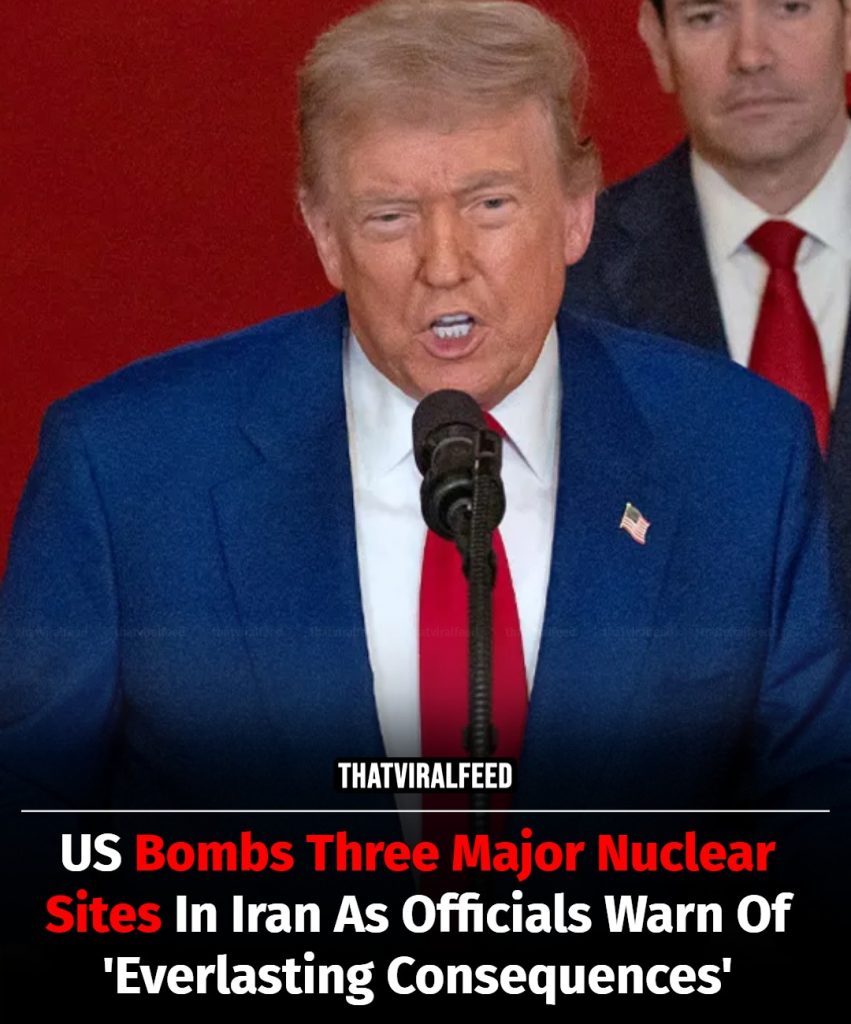Donald Trump addressed the nation after carrying out the ‘successful’ air strikes in Iran
During his national address, the former president detailed how the sites were bombed. He described these locations as core parts of what he referred to as Iran’s ‘horribly destructive enterprise’.
“Iran’s key nuclear enrichment facilities have been completely and totally obliterated. Iran, the bully of the Middle East, must now make peace – if they do not, future attacks will be far greater and a lot easier.”
However, a statement from the International Atomic Energy Agency (IAEA), the UN’s nuclear monitoring body, painted a different picture. It reported no noticeable increase in radiation outside the targeted sites, suggesting that the actual damage caused by the strikes may not have been as extensive as Trump claimed.
He warned that the United States would face serious consequences for attacking their nuclear facilities.

Iran and weapons-grade uranium
Iran has long been accused of working toward building a nuclear warhead. The country has been mining and enriching uranium to 60 percent purity—far higher than what’s needed for civilian energy purposes. Critics argue there’s no clear reason for them to enrich uranium to that level unless weapons development is the goal.
To put it in perspective, naturally occurring uranium has about 0.7 percent uranium-235, which isn’t enough to power nuclear reactors. For it to be usable, it has to be enriched to around 3.5 percent by removing uranium-238.
However, Iran’s stockpile enriched to 60 percent means it has already completed most of the process required to reach weapons-grade uranium, which is considered to be around 90 percent enrichment.

How close is Iran to a nuclear weapon?
The Institute for Science and International Security, a well-known nonprofit watchdog, believes that Iran already has enough enriched uranium to build nearly a dozen nuclear bombs—if they decide to take it to the 90 percent level needed for weaponization.
Their latest monitoring report, published on June 9, highlighted that one of Iran’s facilities is capable of producing weapons-grade uranium in a matter of days.
“Iran could produce its first quantity of 25 kg of WGU in Fordow in as little as two to three days.”


